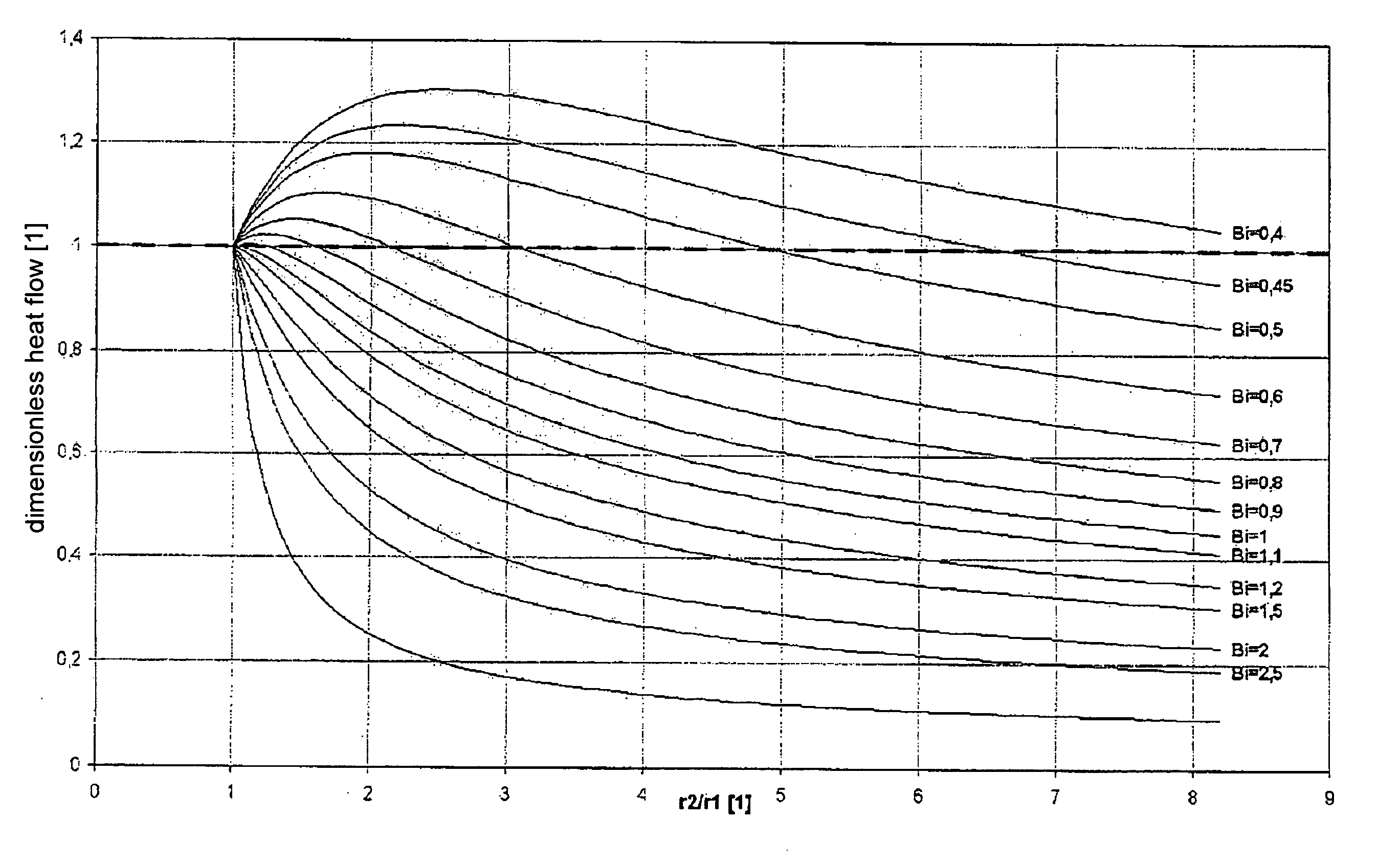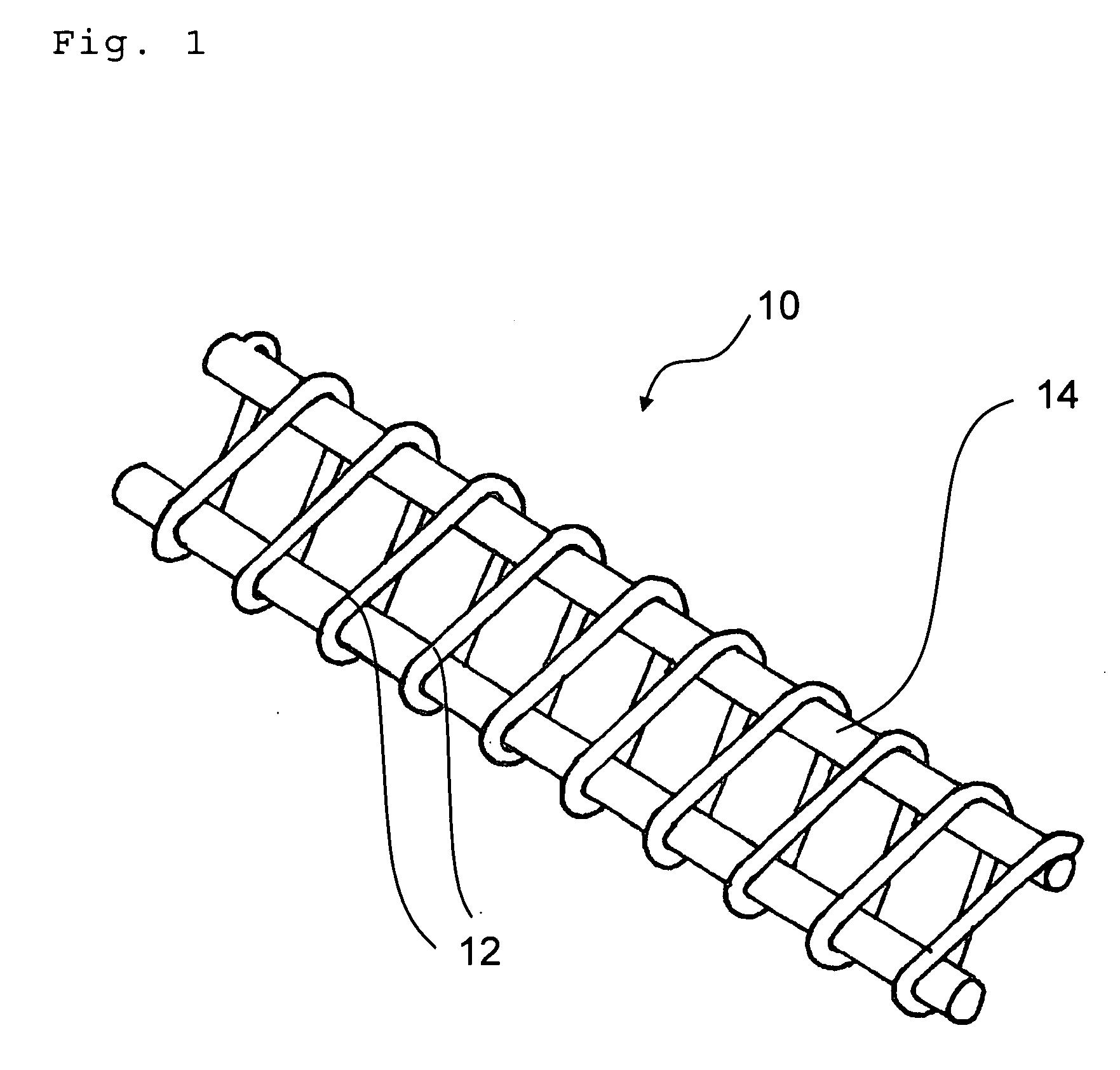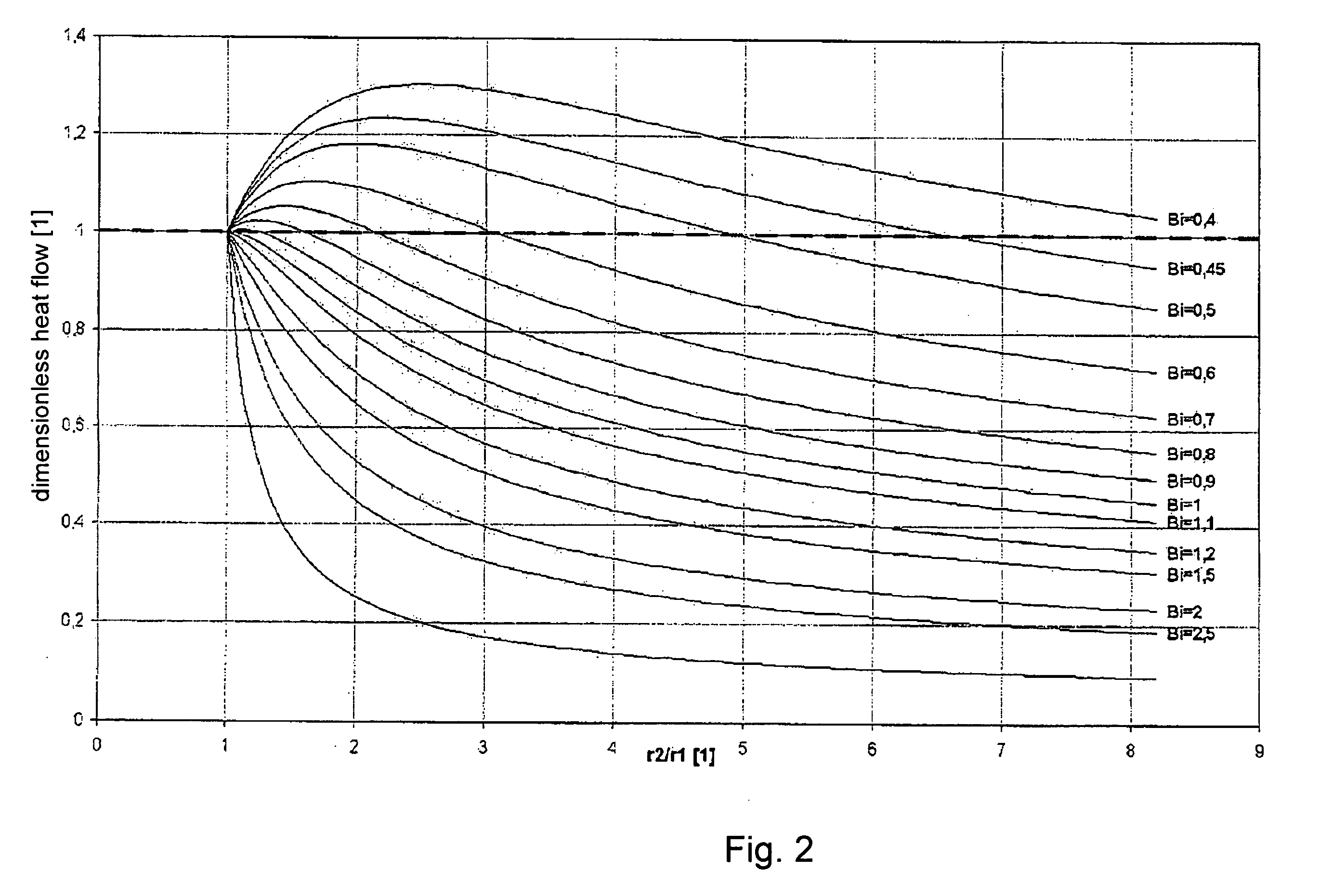Packaging machine for packs of beverage containers and related conveying device
a beverage container and conveying device technology, applied in the direction of packaging, conveyors, wrappers, etc., can solve the problems of significant energy loss in the heated zone, damage/or film adhesion to the conveyor belt,
- Summary
- Abstract
- Description
- Claims
- Application Information
AI Technical Summary
Benefits of technology
Problems solved by technology
Method used
Image
Examples
Embodiment Construction
[0035]The schematic illustrations of FIGS. 1 and 5 show a perspective detail-view and top-view of an embodiment of a conveyor belt 10 of an inventive conveying device. The conveyor belt 10 is made of metal wire, for example steel wire, which is covered with PTFE plastic of a defined thickness and processed to form a meshed belt. The illustrations of FIGS. 1 and 5 show an exemplary geometry of the belt 10, which may obviously have a large number of different designs (see for example FIGS. 6 to 9). The supporting structure 22 of the conveyor belt 10 comprises a thinner winding wire 12 which is supported by transverse wires 14. The top level points of the thinner winding wire 12 and transverse wires 14 form the contact areas 18 for the packs being transported.
[0036]The schematic illustrations of FIGS. 6 and 7 show a conveyor chain 10 with a different geometry of the supporting structure 22 compared to FIGS. 1 and 5. The supporting structure 22 of conveyor chain 10 is also of metal. The...
PUM
 Login to View More
Login to View More Abstract
Description
Claims
Application Information
 Login to View More
Login to View More - R&D
- Intellectual Property
- Life Sciences
- Materials
- Tech Scout
- Unparalleled Data Quality
- Higher Quality Content
- 60% Fewer Hallucinations
Browse by: Latest US Patents, China's latest patents, Technical Efficacy Thesaurus, Application Domain, Technology Topic, Popular Technical Reports.
© 2025 PatSnap. All rights reserved.Legal|Privacy policy|Modern Slavery Act Transparency Statement|Sitemap|About US| Contact US: help@patsnap.com



